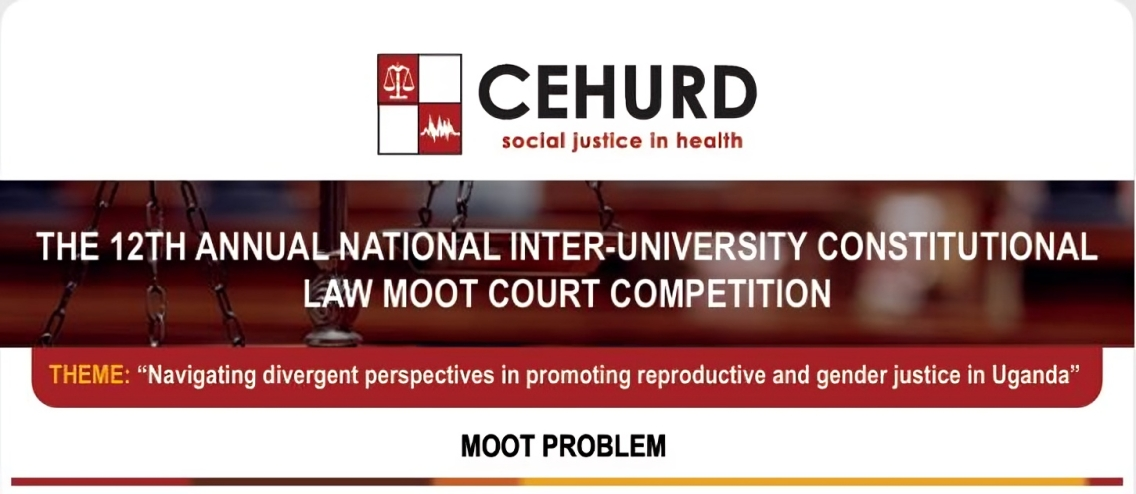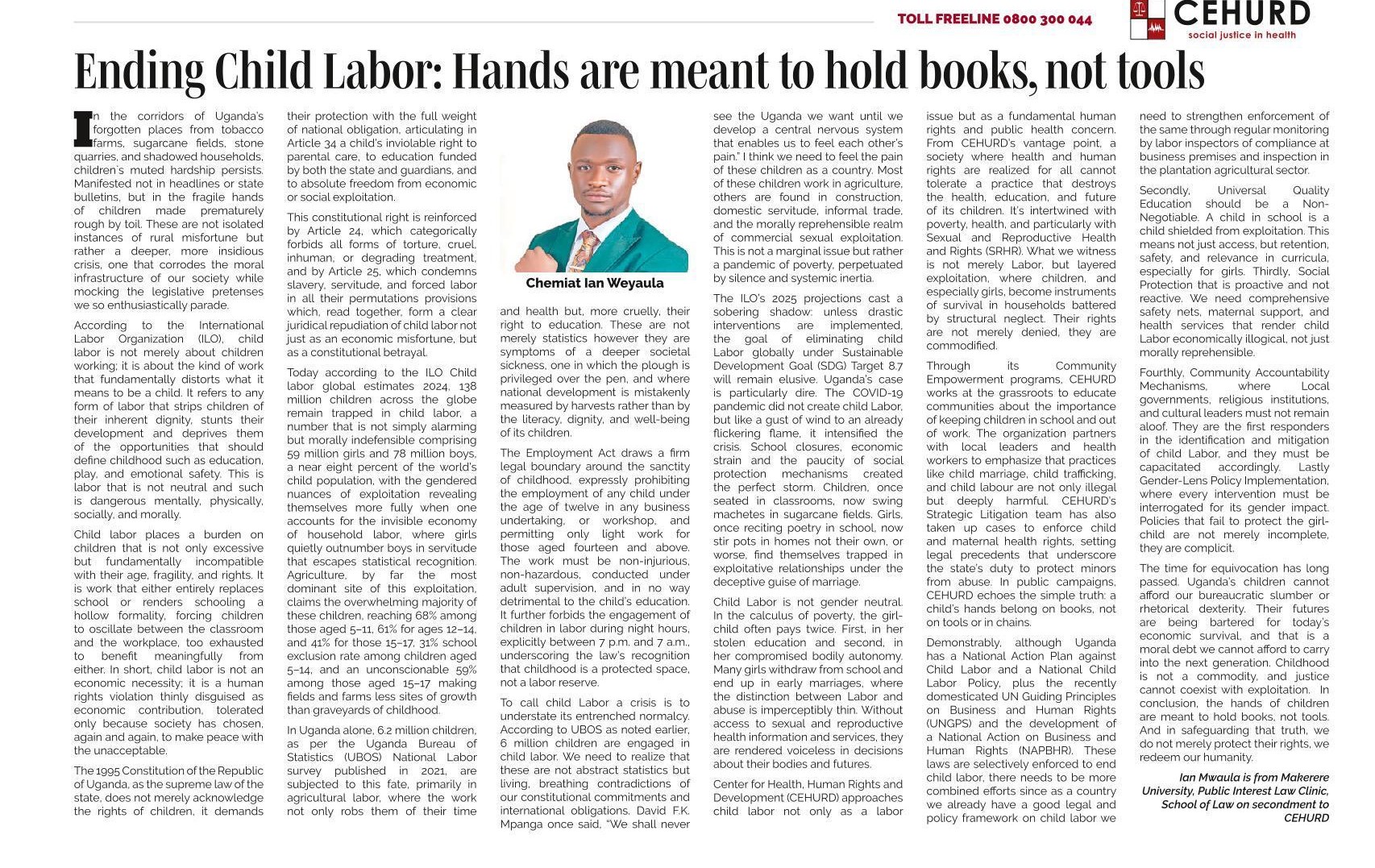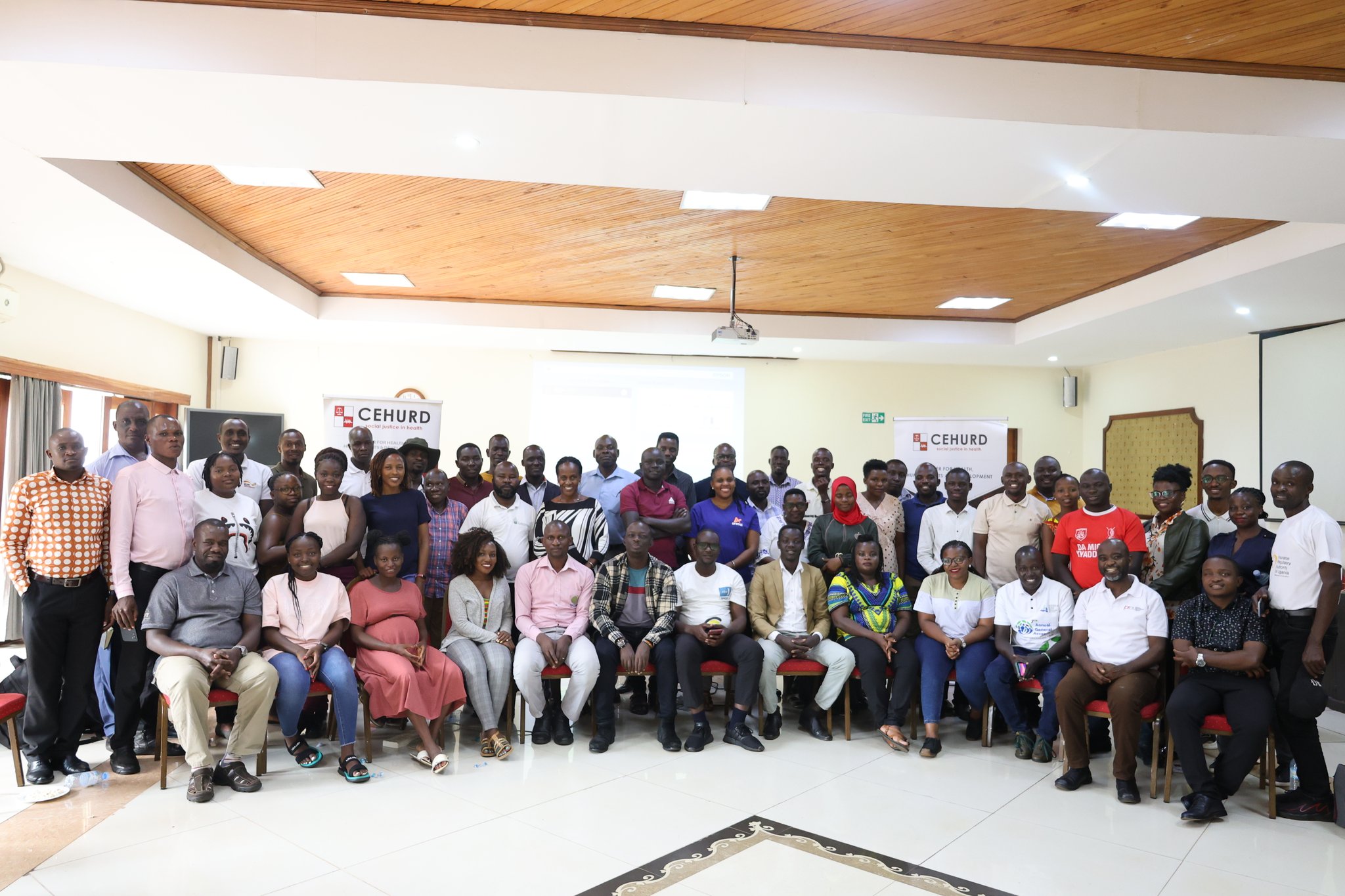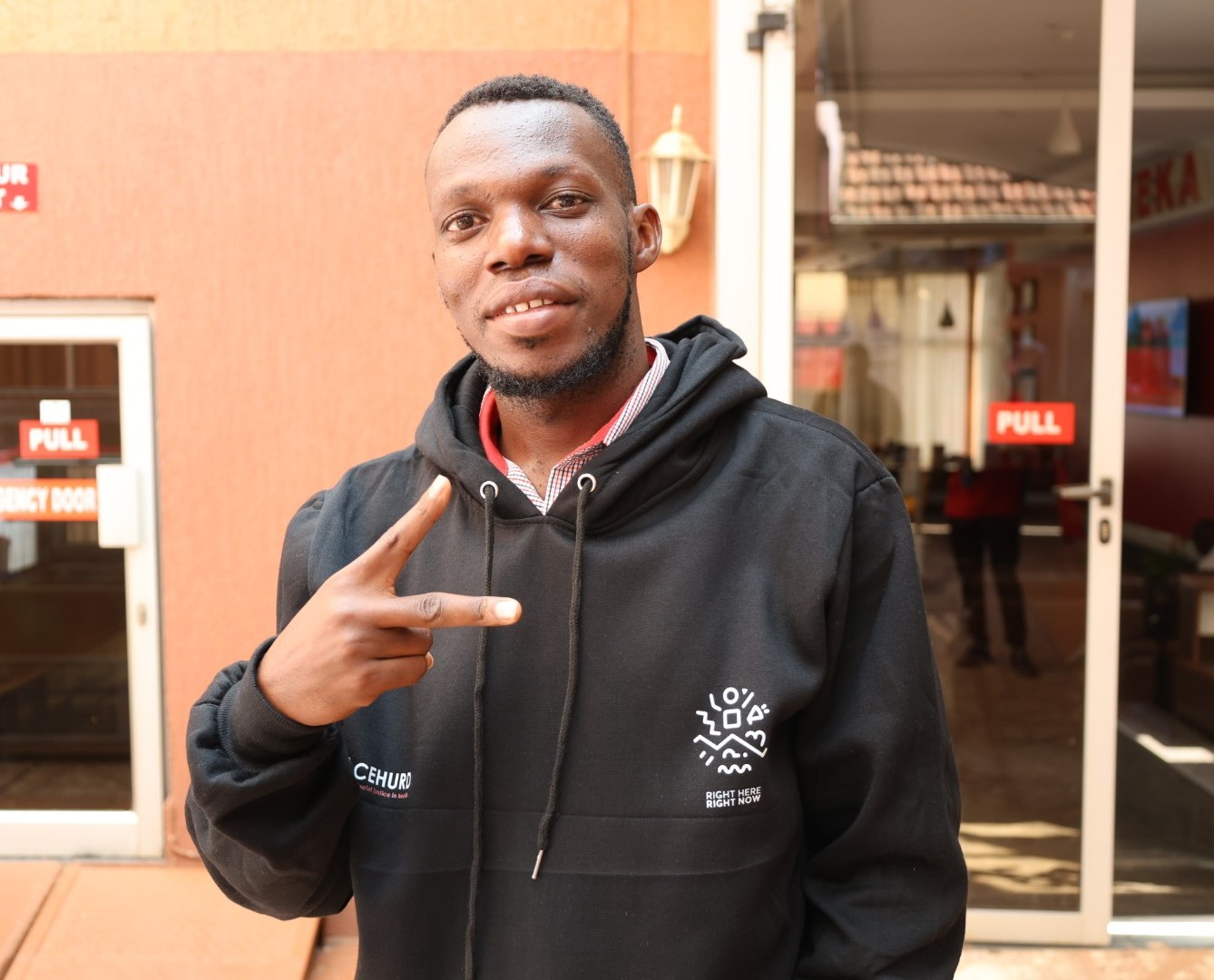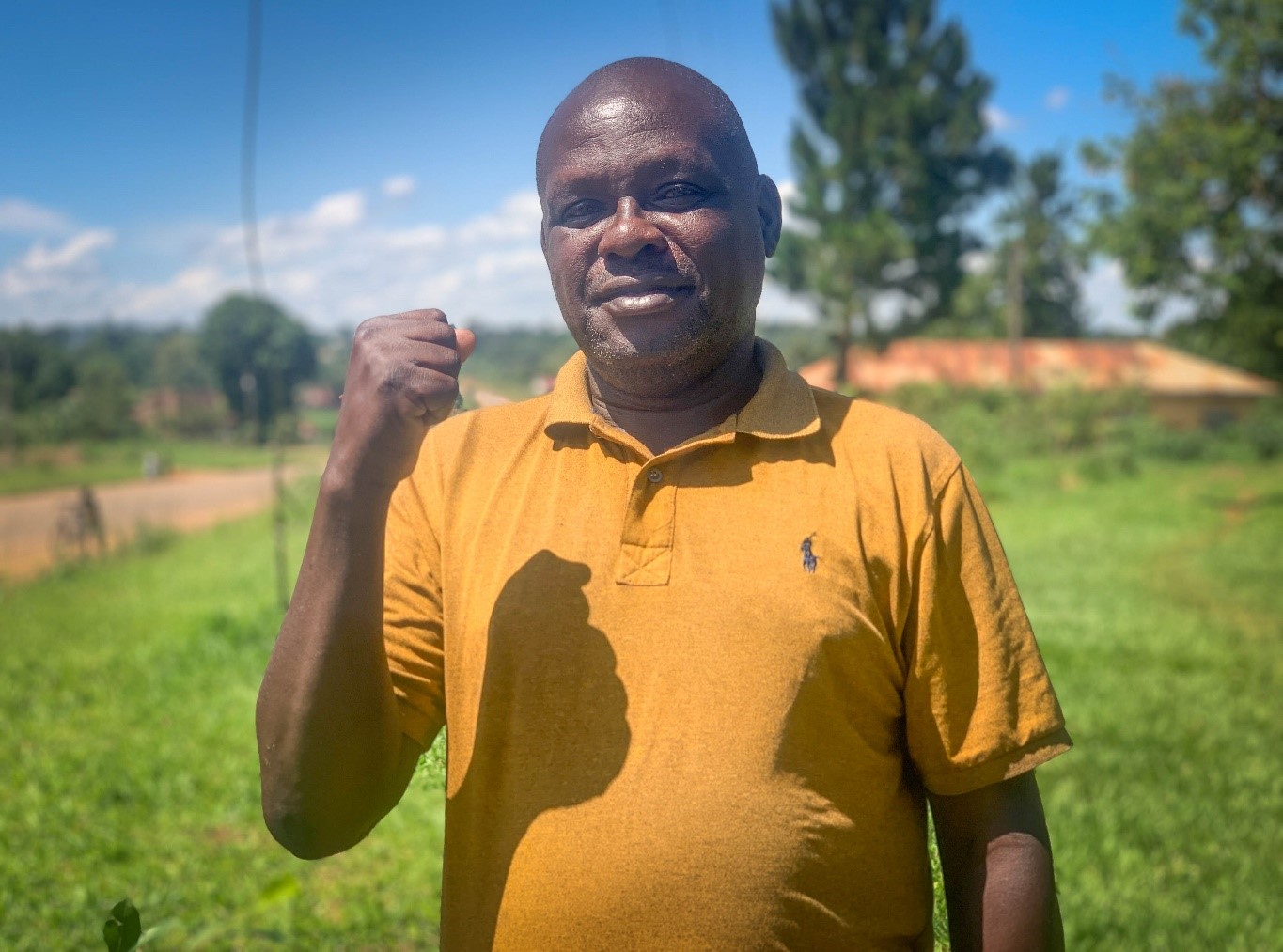By Chemiat Ian Weyaula
In the corridors of Uganda’s forgotten places from tobacco farms, sugarcane fields, stone quarries, and shadowed households, children`s muted hardship persists. Manifested not in headlines or state bulletins, but in the fragile hands of children made prematurely rough by toil. These are not isolated instances of rural misfortune but rather a deeper, more insidious crisis, one that corrodes the moral infrastructure of our society while mocking the legislative pretenses we so enthusiastically parade.
According to the International Labor Organization (ILO), child labor is not merely about children working; it is about the kind of work that fundamentally distorts what it means to be a child. It refers to any form of labor that strips children of their inherent dignity, stunts their development and deprives them of the opportunities that should define childhood such as education, play, and emotional safety. This is labor that is not neutral and such is dangerous mentally, physically, socially, and morally.
Child labor places a burden on children that is not only excessive but fundamentally incompatible with their age, fragility, and rights. It is work that either entirely replaces school or renders schooling a hollow formality, forcing children to oscillate between the classroom and the workplace, too exhausted to benefit meaningfully from either. In short, child labor is not an economic necessity; it is a human rights violation thinly disguised as economic contribution, tolerated only because society has chosen, again and again, to make peace with the unacceptable.
The 1995 Constitution of the Republic of Uganda, as the supreme law of the state, does not merely acknowledge the rights of children, it demands their protection with the full weight of national obligation, articulating in Article 34 a child’s inviolable right to parental care, to education funded by both the state and guardians, and to absolute freedom from economic or social exploitation.
This constitutional right is reinforced by Article 24, which categorically forbids all forms of torture, cruel, inhuman, or degrading treatment, and by Article 25, which condemns slavery, servitude, and forced labor in all their permutations provisions which, read together, form a clear juridical repudiation of child labor not just as an economic misfortune, but as a constitutional betrayal.
Today according to the ILO Child labor global estimates 2024, 138 million children across the globe remain trapped in child labor, a number that is not simply alarming but morally indefensible comprising 59 million girls and 78 million boys, a near eight percent of the world’s child population, with the gendered nuances of exploitation revealing themselves more fully when one accounts for the invisible economy of household labor, where girls quietly outnumber boys in servitude that escapes statistical recognition. Agriculture, by far the most dominant site of this exploitation, claims the overwhelming majority of these children, reaching 68% among those aged 5–11, 61% for ages 12–14, and 41% for those 15–17, 31% school exclusion rate among children aged 5–14, and an unconscionable 59% among those aged 15–17 making fields and farms less sites of growth than graveyards of childhood.
In Uganda alone, 6.2 million children, as per the Uganda Bureau of Statistics (UBOS) National Labor survey published in 2021, are subjected to this fate, primarily in agricultural labor, where the work not only robs them of their time and health but, more cruelly, their right to education. These are not merely statistics however they are symptoms of a deeper societal sickness, one in which the plough is privileged over the pen, and where national development is mistakenly measured by harvests rather than by the literacy, dignity, and well-being of its children.
The Employment Act draws a firm legal boundary around the sanctity of childhood, expressly prohibiting the employment of any child under the age of twelve in any business undertaking, or workshop, and permitting only light work for those aged fourteen and above. The work must be non-injurious, non-hazardous, conducted under adult supervision, and in no way detrimental to the child’s education. It further forbids the engagement of children in labor during night hours, explicitly between 7 p.m. and 7 a.m., underscoring the law’s recognition that childhood is a protected space, not a labor reserve.
To call child Labor a crisis is to understate its entrenched normalcy. According to UBOS as noted earlier, 6 million children are engaged in child labor. We need to realize that these are not abstract statistics but living, breathing contradictions of our constitutional commitments and international obligations. David F.K. Mpanga once said, “We shall never see the Uganda we want until we develop a central nervous system that enables us to feel each other’s pain.” I think we need to feel the pain of these children as a country. Most of these children work in agriculture, others are found in construction, domestic servitude, informal trade, and the morally reprehensible realm of commercial sexual exploitation. This is not a marginal issue but rather a pandemic of poverty, perpetuated by silence and systemic inertia.
The ILO’s 2025 projections cast a sobering shadow: unless drastic interventions are implemented, the goal of eliminating child Labor globally under Sustainable Development Goal (SDG) Target 8.7 will remain elusive. Uganda’s case is particularly dire. The COVID-19 pandemic did not create child Labor, but like a gust of wind to an already flickering flame, it intensified the crisis. School closures, economic strain and the paucity of social protection mechanisms created the perfect storm. Children, once seated in classrooms, now swing machetes in sugarcane fields. Girls, once reciting poetry in school, now stir pots in homes not their own, or worse, find themselves trapped in exploitative relationships under the deceptive guise of marriage.
Child Labor is not gender neutral. In the calculus of poverty, the girl-child often pays twice. First, in her stolen education and second, in her compromised bodily autonomy. Many girls withdraw from school and end up in early marriages, where the distinction between Labor and abuse is imperceptibly thin. Without access to sexual and reproductive health information and services, they are rendered voiceless in decisions about their bodies and futures.
Center for Health, Human Rights and Development (CEHURD) approaches child labor not only as a labor issue but as a fundamental human rights and public health concern. From CEHURD’s vantage point, a society where health and human rights are realized for all cannot tolerate a practice that destroys the health, education, and future of its children. It’s intertwined with poverty, health, and particularly with Sexual and Reproductive Health and Rights (SRHR). What we witness is not merely Labor, but layered exploitation, where children, and especially girls, become instruments of survival in households battered by structural neglect. Their rights are not merely denied, they are commodified.
Through its Community Empowerment programs, CEHURD works at the grassroots to educate communities about the importance of keeping children in school and out of work. The organization partners with local leaders and health workers to emphasize that practices like child marriage, child trafficking, and child labour are not only illegal but deeply harmful. CEHURD’s Strategic Litigation team has also taken up cases to enforce child and maternal health rights, setting legal precedents that underscore the state’s duty to protect minors from abuse. In public campaigns, CEHURD echoes the simple truth: a child’s hands belong on books, not on tools or in chains.
Demonstrably, although Uganda has a National Action Plan against Child Labor and a National Child Labor Policy, plus the recently domesticated UN Guiding Principles on Business and Human Rights (UNGPS) and the development of a National Action on Business and Human Rights (NAPBHR). These laws are selectively enforced to end child labor, there needs to be more combined efforts since as a country we already have a good legal and policy framework on child labor we need to strengthen enforcement of the same through regular monitoring by labor inspectors of compliance at business premises and inspection in the plantation agricultural sector.
Secondly, Universal Quality Education should be a Non-Negotiable. A child in school is a child shielded from exploitation. This means not just access, but retention, safety, and relevance in curricula, especially for girls. Thirdly, Social Protection that is proactive and not reactive. We need comprehensive safety nets, maternal support, and health services that render child Labor economically illogical, not just morally reprehensible.
Fourthly, Community Accountability Mechanisms, where Local governments, religious institutions, and cultural leaders must not remain aloof. They are the first responders in the identification and mitigation of child Labor, and they must be capacitated accordingly. Lastly Gender-Lens Policy Implementation,where every intervention must be interrogated for its gender impact. Policies that fail to protect the girl-child are not merely incomplete, they are complicit.
The time for equivocation has long passed. Uganda’s children cannot afford our bureaucratic slumber or rhetorical dexterity. Their futures are being bartered for today’s economic survival, and that is a moral debt we cannot afford to carry into the next generation. Childhood is not a commodity, and justice cannot coexist with exploitation. In conclusion, the hands of children are meant to hold books, not tools. And in safeguarding that truth, we do not merely protect their rights, we redeem our humanity.
The Author is from Makerere University Public Interest Law Clinic (PILAC), School of Law on secondment to CEHURD.
A version of this article was first published in the Daily Monitor on 15th.July.2025.

